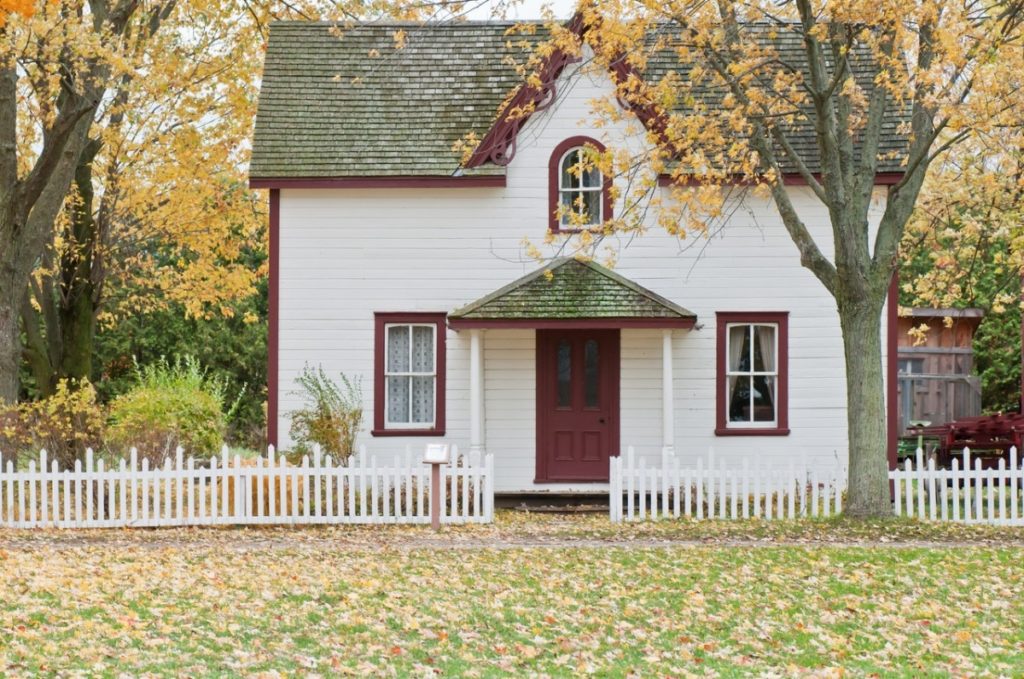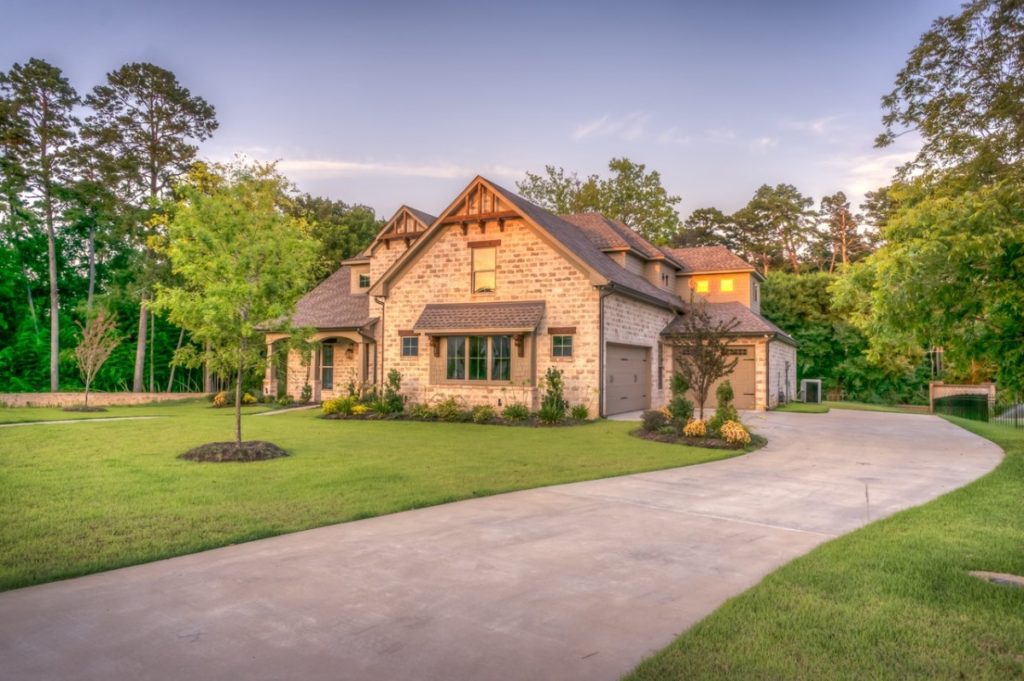Home improvements have been the trendiest thing lately, given that most people around the world are either stuck at home or are opting not to go outside as the pandemic lingers on. It’s all about making the home cozier and more conducive to work, school, and family time.
One proven and tested way to achieve that warm and inviting atmosphere, regardless of the style and motif you choose, is layering.
A layered home employs all interior design elements, namely color, form, light, line, pattern, texture, and space. When these techniques are all in play, you get a home that looks like a lived environment as opposed to a contrived showroom or one-dimensional design.
So how do you put together these elements? While the process may seem complicated for anyone without an interior design background, it’s actually as simple as incorporating these fundamentals:
1. Let natural light in and install mood lighting
Serious architects and designers take hours to study how sunlight behaves on site. In fact, some designers would incorporate features that would make light and shadow, and how they change throughout the day, become part of the overall design. This is because lighting can affect your mood and determine the ambiance of the space. If you want a home filled with energy during the day, consider a layout where natural light flows beautifully in your living spaces. At night, set the mood for rest and downtime with cove lights and dim downlights.
2. Get a high-quality artisan rug
Floors without any accessories can look dull and monotonous. A high-quality, hand-knotted rug can indeed tie an entire room together. Make sure you get the right size for the room you’re decorating, though. When choosing the perfect rug, choose a material that’s soft and warm underfoot, has a thick pile, and a color palette and pattern that coordinates with other elements in the space. You can also place rugs in other parts of the house, like a runner rug for hallways and entrances, round rugs for bathrooms, and oversized rugs in bedrooms to have that textured look throughout your home.

3. Improve your landscaping
If you have big glass windows and an open and airy layout, it won’t make sense not to have a nice view. A lush patch of green and colorful flowers framed by a window could instantly add texture to your interiors. Even tree branches outside a bedroom window could contribute to its ambiance. You can look through commercial landscaping photos for inspiration or opt for lawn care service if you’re not very confident about your gardening skills.
4. Match different patterns
A layered home is the opposite of a minimalist space in that the former doesn’t limit itself to straight and clean lines and monochromatic patterns. You’re free to mix and match different patterns in a layered home, like chevron and checked, damask and stripes, herringbone and jacquard, and so on. When picking rugs, pillowcases, and drapes, try to coordinate patterns instead of matching them and apply the same technique with color. Instead of following a color palette to a tee, add a few odd-fitting or stand-out items, such as a bold red accent chair in a mustard yellow and gray palette.
5. Opt for natural fibers and materials
A layered home celebrates diversity, and the best source of diversity and abundance is nature. When shopping for sofas, curtains, rugs, and surfaces, opt for pieces made with natural materials like wood, wool, bamboo, and cotton. Pieces made from natural materials are more textured and durable, giving your home depth and dimension.
6. Decorate your walls
Walls are often left bare, making rooms look out of scale or flat. Liven up your walls with creative accessories like paintings, picture frames, hanging plants, wooden art pieces, shelves, and so on. You can craft DIY wall decorations with pieces you love, like travel memorabilia or framed tapestries.
7. Complement and contrast
In interior design, matching is a fool’s errand. Instead, coordinate pieces that complement one another (i.e., wood and metal) and make use of contrasting colors (i.e., red and green) and materials (soft fabrics and stone). Mix and match pieces from different design styles, periods, motifs, and countries of origin. For instance, you can incorporate Japanese Zen elements in a contemporary space or mix traditional and modern elements to create a classic but timeless vibe.
Adding texture to a home doesn’t have to be complicated. It’s all about filling up space with pieces that blend well together to create a harmonious, homey, and functional home.


